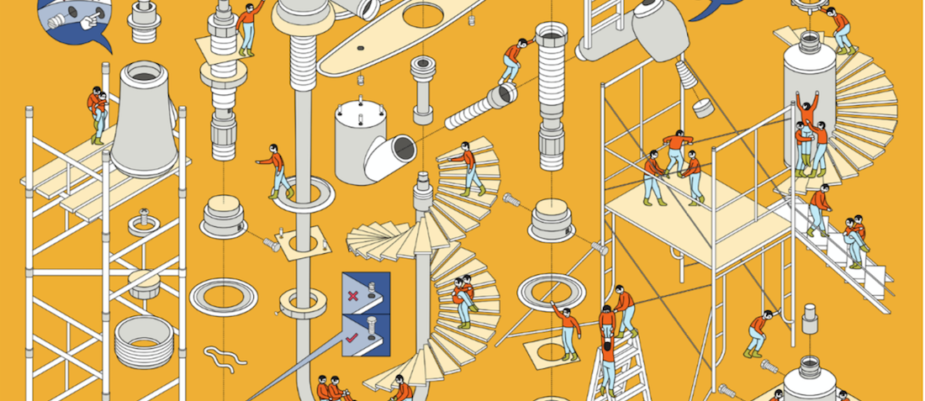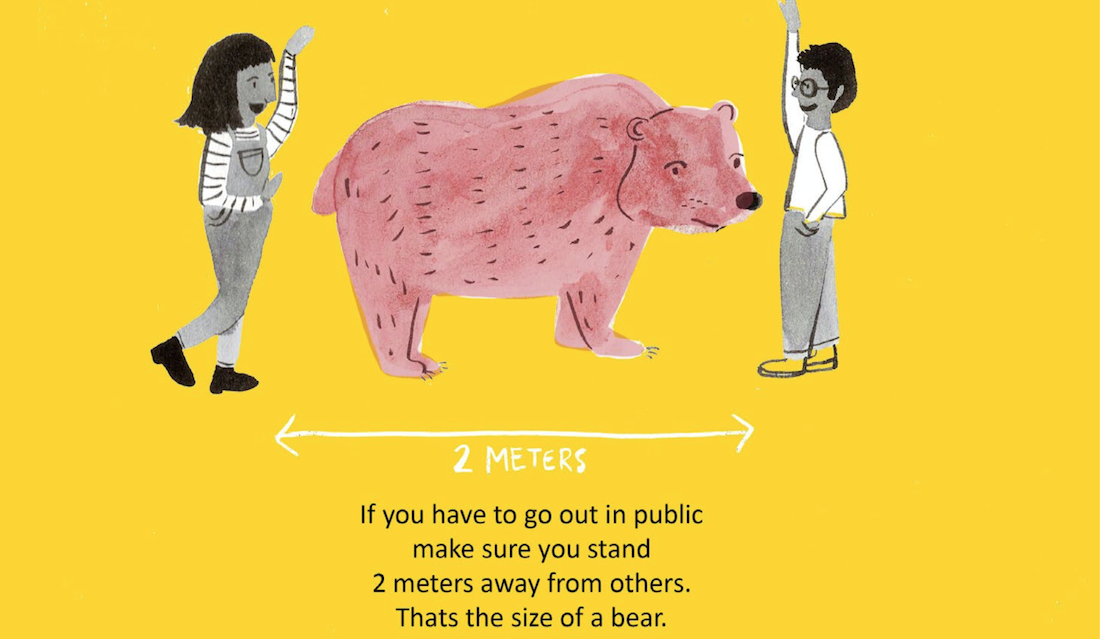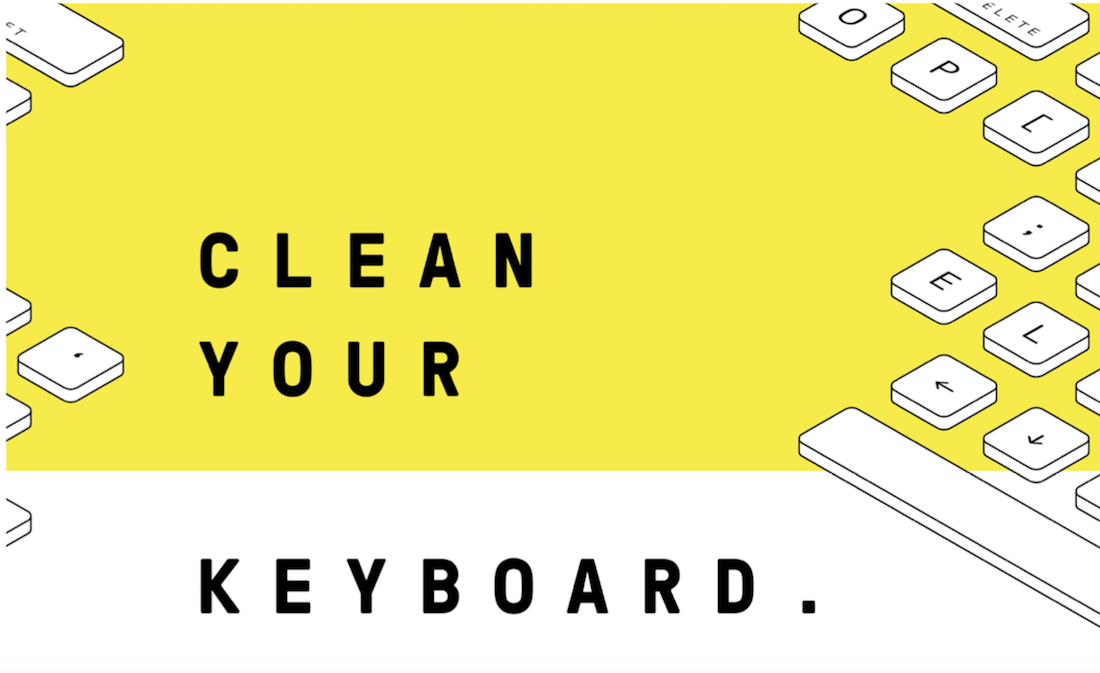
One of the main problems of returning to the office will be the lack of trust in the behaviour of colleagues, often perceived as a threat and as a factor of fear and anxiety. This is what emerges from the survey “Offices and workplaces: between remote work, smart working and Covid-19” carried out by Progetto CMR in collaboration with Copernico. How can you help employees cope with this fear? An idea comes from the behavioural sciences: nudging.
From the questionnaire that the CMR project and Copernicus administered to more than 7,000 people, a clear outcome emerges: we must not only ask ourselves how to make spaces safe but above all, we must talk about people and their fears and feelings which prevent a peaceful return in the office. In fact, 61% of the interviewees fear the behaviour of colleagues as the main factor of insecurity, against 30% who see the risks of inadequate sanitation.

What can be the solution?
The behavioural sciences, for several years now, have proposed “Nudging” or “libertarian paternalism” as an “educational” method to promote virtuous behaviour. The purpose is to act on the “predictable irrationality” that characterizes and guides each human behaviour, to favour “spontaneous” affirmation of behaviours considered socially desirable.
In this perspective, it is the environment we live in that not only acts as positive reinforcement but also as a stimulus to defuse some behavioural barriers that are considered wrong.
Thus, the symbolic value of design and a clear and effective communication becomes the means to foster positive behaviours by strengthening trust among colleagues and decreasing their mutual fears.
But what is nudging?
Examples of “nudging” are now found in various contexts, from school education to national policy policies.
The use of Christmas cashback, launched by the Italian government for those who use credit cards or payment apps, is an example of nudging to stimulate what is considered a “virtuous behaviour”: the non-use of cash. On the other hand, in canteens, providing smaller plates helps to “eat less”, just as displaying fruit in strategic places favours a “spontaneous” consumption of it. As well as adding a drawing of a fly inside a urinal has proven effective in helping men centre the toilet.
In recent years, libertarian paternalism has entered the workplace even if, at times, we have not noticed it: the open spaces, the creations of the in-between areas, the search for a brand-identity style and the motivational writings on the walls are good examples of nudging, in how much they aimed at obtaining from the employee’s behaviours considered necessary to increase productivity, without imposing them, but acting on the context.
Today the most used nudges are the soap dispensers, the paths created by the furnishings, and the writings that remind us of the sanitation rules to follow. The challenge for every HR manager, however, is to look for other small solutions tailored to their company in order to “guide” employees in this transition to work, also intervening on the widespread feeling of insecurity and fear.

Nudge to change behaviours with “kindness”.
A nudge is, therefore, a tool that, without limiting an individual’s freedom of action, allows a changing in one’s own behaviour in a predictable way, thanks to a constant “prodding”. Nudging, in fact, does not require a decisive and authoritarian intervention but aims to improve and achieve the objectives one “push” at a time.
In conclusion, nudging concerns situations of individual choices that can produce negative or unwanted side effects (such as the widespread feeling of fear of the behaviour of colleagues), and aims to “guide” people towards the best choice without limiting their freedom, acting mainly on the context, and accepting certain experimentalism and an inevitable entropy.
Text by Gabriele Masi.
Images from the Presentation “Tutta questione di sfiducia” by Gruppo Progetto CMR.

















